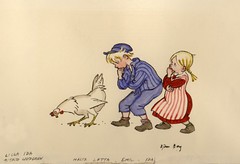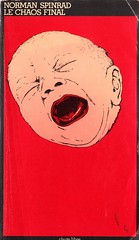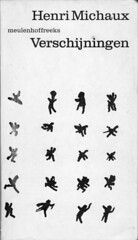Verschijningen
I started reading Verschijningen today, a Dutch translation of a selection of texts by Henri Michaux, published by Meulenhoff in 1972.
My first conscious exposure to the thought of Michaux was by way of David Toop‘s Ocean of Sound, in which Toop describes Michaux as an armchair traveler.
The collection comprises Les poètes voyagent (1946); Un certain Plume (1930); Apparitions (1946); Ici Poddema (1946); texts from Façons d’endormi, facons d’eveille; followed by a short essay by the translator Laurens Vancrevel.
My first impressions are based on reading Les poètes voyagent; Un certain Plume and Apparitions, Plume providing the most satisfying reading experience: the whole of Plume breathes Edgar Allan Poe and especially Poe’s incomparable short story Loss of Breath.
Keywords of Michaux’s writing are viscerality; the tropes of the macabre, fantastique, rocambolesque and grotesque; petrifaction, death, the void, lightness and emptiness, “everything-you-know-is-wrong” feelings, disintegration, decapitation and dismemberment, walls (and especially ceilings). All things considered, this is a very eerie collection told in a matter of fact voice.
If the content and tone are definitely Poe, the form of this collection’s most likely sibling is the writing of Baudelaire, and especially Baudelaire’s prose poetry.
The “liner notes” to this collection also alerted me to Images du monde visionnaire, a film by Eric Duvivier and Henri Michaux, an educational film which was produced in 1963 by the film department of Swiss pharmaceutical company Sandoz (best known for synthesizing LSD in 1938) in order to demonstrate the hallucinogenic effects of mescaline and hashish. It is the only venture in film of notable French writer and painter Henri Michaux. See that film by following the Documents entry, read more at Ombres Blanches.





